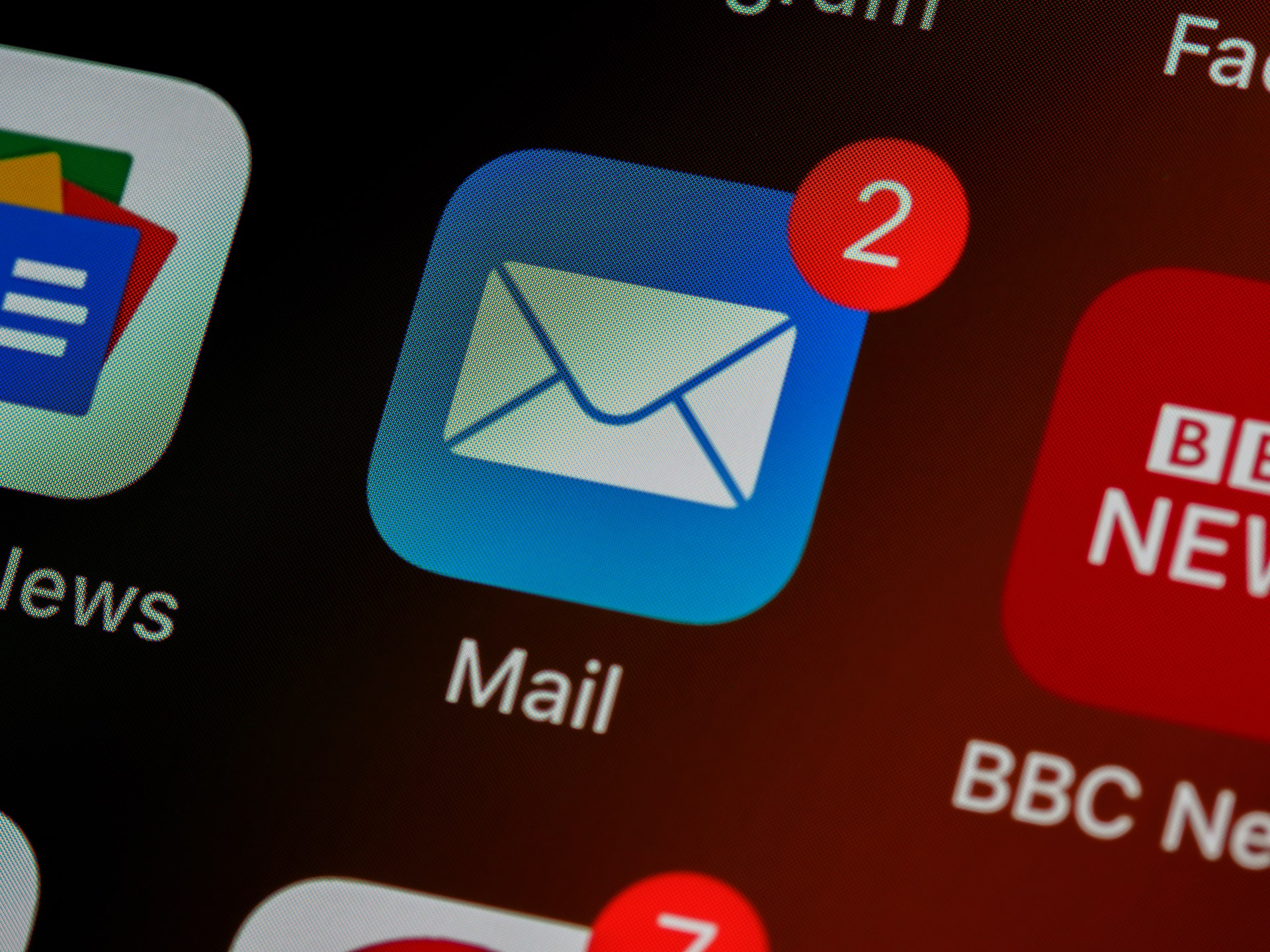
How to use email analytics data to write better emails?
Barbara Arora
- ,
- , Email marketing
Step 1: Know your audience
Before you can start using analytics data to improve your emails, you need to know who your audience is. That’s right—it’s time for another not-so-exciting lesson in demographics! You might think this isn’t as important as it used to be, but the fact of the matter is that there are still huge differences between age groups and ethnicities when it comes to how people use technology. If you don’t know who you’re talking to, then there’s no way for your message or offer to resonate with them.
The good news is that even if your audience has changed significantly over time (for example: if your company sells products for children), we’ve got some tips that will help you adapt quickly enough so that everyone gets what they want from their interactions with email marketers like yourself.
Step 2: Look at your open rates and response rates
The next step is to look at your open rates and response rates.
Open rate is the percentage of emails that were opened, while response rate is based on clicks from those who opened your email. Both are useful metrics when it comes to measuring engagement, but they’re not the same thing. If you have a high open rate but a low response rate, you may want to consider changing up some things in your email campaigns so that people are more likely to click through!
Step 3: Study reader behavior
Now that you have a better idea of what works and what doesn’t, it’s time to make your emails more effective.
When sending emails with the goal of increasing response rates or clickthroughs from one email to another, it is important to know your audience. Look at the open rates and response rates for each message (if available) so that you can see which messages resonate with readers and which do not.
Even if there aren’t clear trends yet, don’t worry—use this information going forward when writing emails.
Step 4: Use a relevant subject line
Here are a few tips for writing better subject lines:
- Keep them short and to the point. You only have about 5-10 characters in which to grab your reader’s attention, so use that space wisely! Remember, the best email subject lines are simple and easy-to-read.
- Use a relevant subject line. This is important because it will show up in your subscriber’s inbox, so you want it to be as relevant as possible! If they signed up for an email newsletter about “The Best Pizza Restaurants in New York City” but you send them an email with a title like “Donate Now!” they won’t click on it or open your emails again (and you won’t get any clicks).
- Make sure you stand out from all the rest by using words that will make people stop scrolling through their emails and actually read yours instead (see next tip).
Email analytics tools can help you make your emails more efficient
Email analytics tools are a great way to make your emails more efficient. These services allow you to track the performance of your email campaigns, from opening rates and click-through rates to unsubscribes and spam complaints.
Here’s how to get started with these helpful tools:
- Sign up for an email analytics tool like MailChimp or Campaign Monitor (both free) and import the data from your previous campaign(s). You should see a list of metrics like open rate, click-through rate, unsubscribe rate, spam complaint rate and many more.
- Analyze these metrics so that you can find out what works best with your subscribers (for example: long vs short subject lines; personalization vs no personalization; etc.).
- Use this information in future campaigns as much as possible! For example: if one type of subject line has been performing well across all of your previous campaigns then you should use it again for future emails too!
What is Email Analytics?
Email analytics is a data-driven approach to improving email marketing campaigns. It’s a systematic process of measuring, analyzing and improving the effectiveness of email marketing campaigns. Email analytics includes tracking and analyzing the performance of your email campaigns.
How to use email analytics data to write better emails?
One of the easiest ways to improve your email marketing campaign is by analyzing your data. By looking at the information you collect about each transaction, you can learn what your readers want and determine how best to serve them.
You can also use this information to make tweaks in your language, offering a more personalized experience when communicating with customers through email marketing.
Email analytics tools are an invaluable resource in understanding how people use and interact with your emails. This knowledge can help inform future decisions on design choices, content creation and more!
Open Rate vs. click rate
There are two important metrics to keep in mind when analyzing your email analytics data. One is the open rate, which measures the number of emails that were actually opened. The other is click rate, which indicates how many people clicked on links within the email (if there were any).
Typically, click rates are lower than open rates—and that’s okay! You should also know that click rate isn’t just an indicator of engagement; it’s also a better predictor of future conversions than open rate alone. So while it might seem counterintuitive at first glance, if you want to better understand how engaged your subscribers are with your content and how likely they are to take action based on what you send them over time, focus less on the number of times people opened your emails and more on how often they clicked something inside them.
Unsubscribe rate
Unsubscribe rate is the percentage of subscribers who have unsubscribed from your email list. A high unsubscribe rate is a sign that your subscribers are not engaging with your emails, which could mean you’re sending too many irrelevant messages or sending too much spam.
To increase your unsubscribe rate, send fewer emails per day and make sure each email has an enticing subject line that will catch recipients’ attention. You can also try adding more images and videos to keep people interested in the content they receive from you
Open rate
If the open rate is low, it may be time to reevaluate your email marketing strategy. The open rates of your emails are a key indicator of how well your emails are performing and what you need to do to improve them. If people aren’t opening your emails, chances are they don’t find them useful enough to read.
One way to increase the open rate is by keeping content relevant and interesting for the reader. Make sure that every piece in an email series has a purpose that ties back into the main goal for each campaign, whether it’s driving traffic or generating leads. If you’re unsure how best to make this happen, consider consulting with someone who knows their way around writing effective copy: their expertise could make all the difference!
Click-through rate
Click-through rate (CTR) is the percentage of people who click on the links in your email. It’s one of the most important metrics you can use to measure engagement and identify what works. Some marketers use it as a stand-in for open rates, but CTR is actually more important than open rate because it shows whether or not recipients have engaged with your content.
If a large number of recipients click on your links, that means they found something valuable enough to engage with — even if they didn’t finish reading everything in the email. You also want to look at CTR by segment so you can see whether certain groups are engaging more than others with specific types of content. If you notice lower-than-expected CTR among certain groups such as VIPs or new customers, try adjusting their onboarding experience so they’re better prepared for future messages from you and other members of your company.
The higher this metric becomes over time, the better job you’re doing at providing useful information that keeps readers coming back for more (and sharing those helpful articles!). The lower it becomes over time — or worse yet: stays flat — indicates that there’s room for improvement when it comes down to producing relevant content that resonates with readers.
Response rate
Response rate is the number of people who responded to your email divided by the number of people who opened your email.
A response rate below 10% could indicate that you aren’t providing enough value to customers, or that they don’t know how to respond appropriately.
The response rate can also give insight into what content is most effective at retaining customers and increasing sales volumes, including:
By analyzing your email analytics data, you can grow your audience, increase sales, and improve your email marketing campaigns.
Email marketing is an important part of many businesses.
As a result, it’s vital to use email analytics data to write better emails and improve your campaigns.
Analyzing your email analytics data allows you to measure the success of your emails in terms of open rates, click-throughs, bounces, unsubscribes and more. You can then use that information when creating future campaigns by improving their content based on what worked well or poorly in previous ones.
Conclusion:
If you’re looking for a way to improve your email marketing, email analytics is the answer. By studying your open rates and response rates, you can see what kind of content works best for your customers. You can also look at reader behavior to figure out which days and times are best for sending emails—and which aren’t ideal! If you need help setting up analytics or have any other questions about how this works, our team is here to help.
Share this post
Our blog
Most popular stories

What does an email deliverability test do?
Email deliverability tests are a great way to find out if your email is getting delivered to the inbox or being filtered into a spam folder. You can also use it to check if the ISP is blocking your emails, which is something that happens more often than you’d think.
If you want more information about how email deliverability works and what factors affect it, check out our blog post here!

What are some examples of email deliverability issues that can affect your business?
Email deliverability refers to the ability of an email to reach the intended recipient’s inbox and be successfully delivered. It’s an important aspect of email marketing because if your emails are not delivered, they cannot be read, and your marketing efforts will not be successful. This can be affected by many factors including IP reputation, email content and subject lines, list quality and more.

What is the future of the e-commerce industry?
The e-commerce industry is growing rapidly in terms of market share. As more people shop online, the demand for good social media marketing is increasing. A strong brand presence on social media is essential to success in e-commerce. E-commerce can be better than bricks and mortar retail. Customers expect personal service from brands online. Ecommerce companies should focus on product design over stock management if they want to succeed as well as customer experience

What is the best tool for email marketing for beginners in 2023?
Email marketing is a great way to stay in touch with your customers, build relationships with them, and drive more sales. However, if you are just starting out, it can be difficult to choose the right email marketing software for your business. Here are some helpful tips that will help you find the best email marketing tool for beginners:
